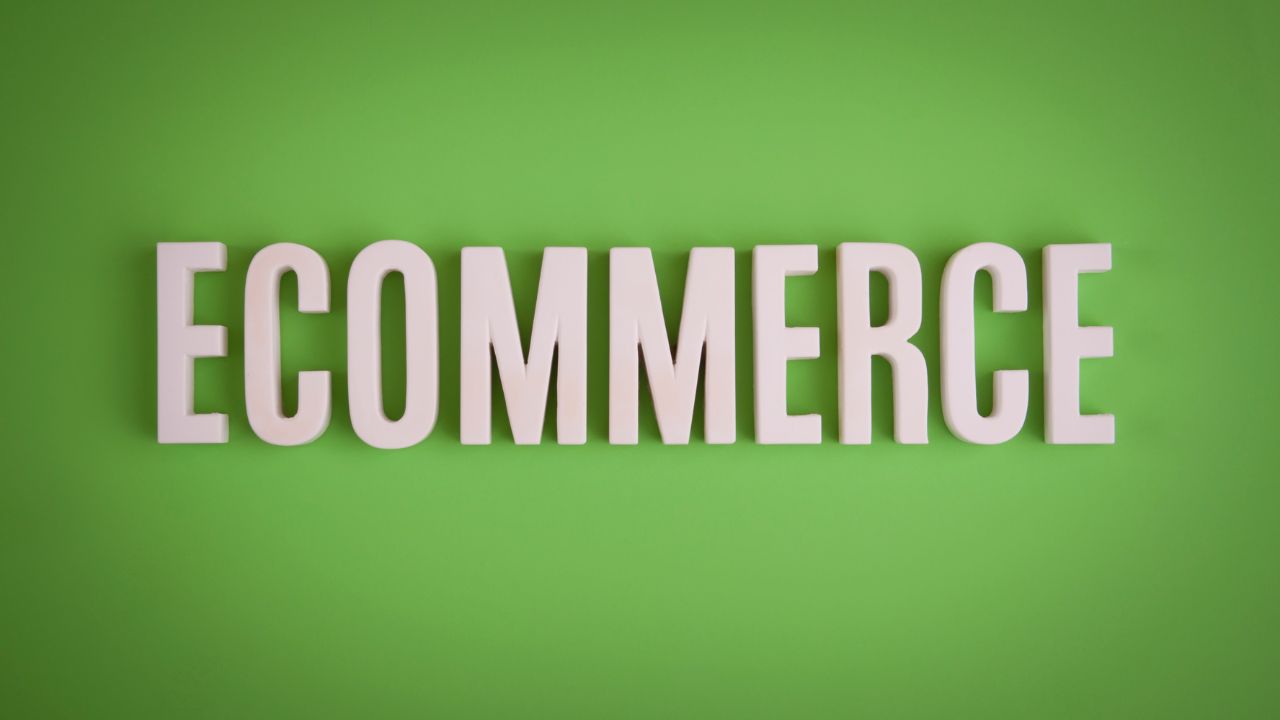Merchandise licensing and brand licensing have evolved into powerful revenue-generating engines for brands worldwide. Whether you own a business seeking new income or are a consumer looking for products, merchandise licensing matters. Brands use intellectual property (IP) to create licensed products. These products attract consumers and help the brand grow and earn more money.
This article explores how merchandise and product licensing can increase brand revenue. It highlights important principles and shares real success stories that show their impact.
What Is Merchandise Licensing?
Merchandise licensing is when a brand owner allows someone else to use their intellectual property. This includes logos, characters, or slogans. The licensee pays a fee or royalty for this permission. This type of agreement is often handled by special licensing agencies.
A license agreement formalizes it. This agreement outlines the terms, rights, and financial benefits for both parties.
Brand licensing and product licensing are part of a larger licensing category. Brand licensing usually focuses on using brand names and images on various products. Product licensing, on the other hand, targets specific items or product types.
This strategy benefits both sides. The brand owner gets extra money without needing to handle production or distribution. The licensee uses the brand’s popularity to increase retail sales.
Real-World Example
Consider Disney, the stalwart of the licensing industry. Disney has made billions in retail sales by using character licensing for famous creations like Mickey Mouse. This includes toys, clothing, and home goods. Their strategy exemplifies how leveraging licensed properties, supported by leading licensing agencies, can turn creative assets into major revenue sources.
The Role of Merchandise Licensing in Brand Revenue
1. Broadening Revenue Streams
Merchandise licensing opens new streams of income without needing brands to invest in production or logistical operations. Brand owners can use their IP by licensing it. This process helps them reach new audiences and enter indirect markets.
For instance, a tech brand might license its logo for use on merchandise such as backpacks or T-shirts. This not only creates direct royalties but also boosts customer loyalty. Fans eagerly buy products that show the brand they love. Product licensing can be a strategic way for brands to enter new product categories with minimal risk.
2. Global Market Reach
With the right licensing agreements, brands can enter global markets with minimal risk. Licensing partners and agencies usually have the right tools to make and share products in certain areas. This helps remove many challenges of expanding internationally.
Take sports leagues, for example. Most major leagues rely on merchandise licensing and brand licensing to market their teams worldwide. Local manufacturers produce and distribute hats, jerseys, and other licensed properties, turning fandom into a profitable business.
3. Retail Sales Amplification
Licensed products are often a hit in retail environments. Popular characters and recognizable brands naturally draw attention. Retailers strategically dedicate shelf space to licensed products, knowing they deliver strong sales performance.
Data from the Licensing International organization shows that retail sales of licensed merchandise consistently make up a significant percentage of the licensing industry’s total revenues. This synergy between licensing and retail keeps brands relevant while delivering financial returns. Licensing agencies frequently facilitate these partnerships, expanding both reach and efficiency.
How Legal Protection Drives Licensing Success
Legal protection is a critical part of merchandise licensing, brand licensing, and product licensing. A good license agreement protects the brand owner’s intellectual property. It also makes sure the brand is shown correctly on different products.
When managed well, this protection builds trust between the brand owner and the licensee. It ensures that design, quality, and distribution guidelines are followed. It also reassures consumers that they are purchasing authentic items.
Without such safeguards, copycat products could dilute the brand and harm its reputation. Licensing IP effectively is essential for long-term brand success.
Common Reader Question: How Do Royalties Work in Merchandise Licensing?
Royalties are a percentage of the revenue earned through the sale of licensed products, paid by the licensee to the brand owner. The royalty rate is set in the licensing agreement. It usually ranges from 5% to 20%. This depends on factors like the product type and the brand’s prestige.
For example, if a licensee sells $1 million worth of products with a 10% royalty, the brand owner would receive $100,000. Royalties incentivize both parties to collaborate for the product’s success, ensuring alignment in maximizing retail sales.
The Benefits of Character Licensing
Character licensing, in particular, has become a lucrative area within merchandise licensing and brand licensing. Beloved characters resonate emotionally with audiences, fostering deep connections that translate into robust consumer demand.
Why It Works
- Nostalgia: Characters often tie into cherished memories, heightening consumer interest.
- Cross-Generational Appeal: Classic characters like those owned by Walt Disney transcend generations, remaining relevant for decades.
- Unaffected by Trends: Unlike many brands, characters often go against usual product trends. This helps them stay popular even as styles change.
Iconic examples include Marvel superheroes. They have grown beyond movies into toys, clothing, and home decor. This shows that character licensing can turn fictional figures into money-making successes.
Tips for Successful Merchandise Licensing
To fully understand how merchandise licensing boosts revenue, it’s crucial to explore best practices. If you are thinking about licensing for your brand, here are some tips to help you succeed.
- Choose the Right Partners
Look for licensees or licensing agencies with proven track records in your desired product category or region. Partners who share your vision will not only ensure top-quality production but will also safeguard your IP.
- Monitor Market Trends
Keep an eye on emerging trends to stay ahead in the licensing industry. Timing matters when aligning your licensed properties with consumer preferences.
- Focus on Quality
A poor-quality licensed product can damage your brand’s reputation. Ensure your license agreements prioritize strict quality standards to maintain brand trust.
- Diversify Product Categories
Include multiple product categories in your licensing portfolio to maximize revenue opportunities. From clothing to gadgets, the more diverse your offerings, the better your chances of capturing different market segments. This is a major advantage of both brand licensing and product licensing strategies.
- Secure Legal Protection
Always protect your IP with watertight agreements to minimize both operational risks and unauthorized use. Working with experienced licensing agencies can simplify this process and help you navigate the complexities of licensing IP.
The Future of Merchandise Licensing
The merchandise licensing industry continues to flourish. Emerging technologies, like augmented reality, offer exciting opportunities for brands to merge digital environments with tangible products. From interactive toys to virtual items, licensing is no longer confined to physical goods.
Additionally, sustainable licensing practices are gaining traction as consumers demand eco-conscious products. Brands will need to adapt licensing agreements to include these practices, ensuring continued relevance in an evolving market.
Final Thoughts
Merchandise licensing is more than just a way to sell products; it’s a strategic avenue for scaling revenue, expanding brand reach, and creating lasting connections with audiences.
By leveraging intellectual property through licensed products and by engaging in smart brand licensing and product licensing—with support from top licensing agencies—brands can strengthen their reputation and secure steady income streams.
If your business is ready to explore the possibilities of merchandise licensing, check out the expert advice available at Marketing Immersion. With the right insights and strategies, your brand can harness the power of licensing IP to boost revenue while captivating fans worldwide.






